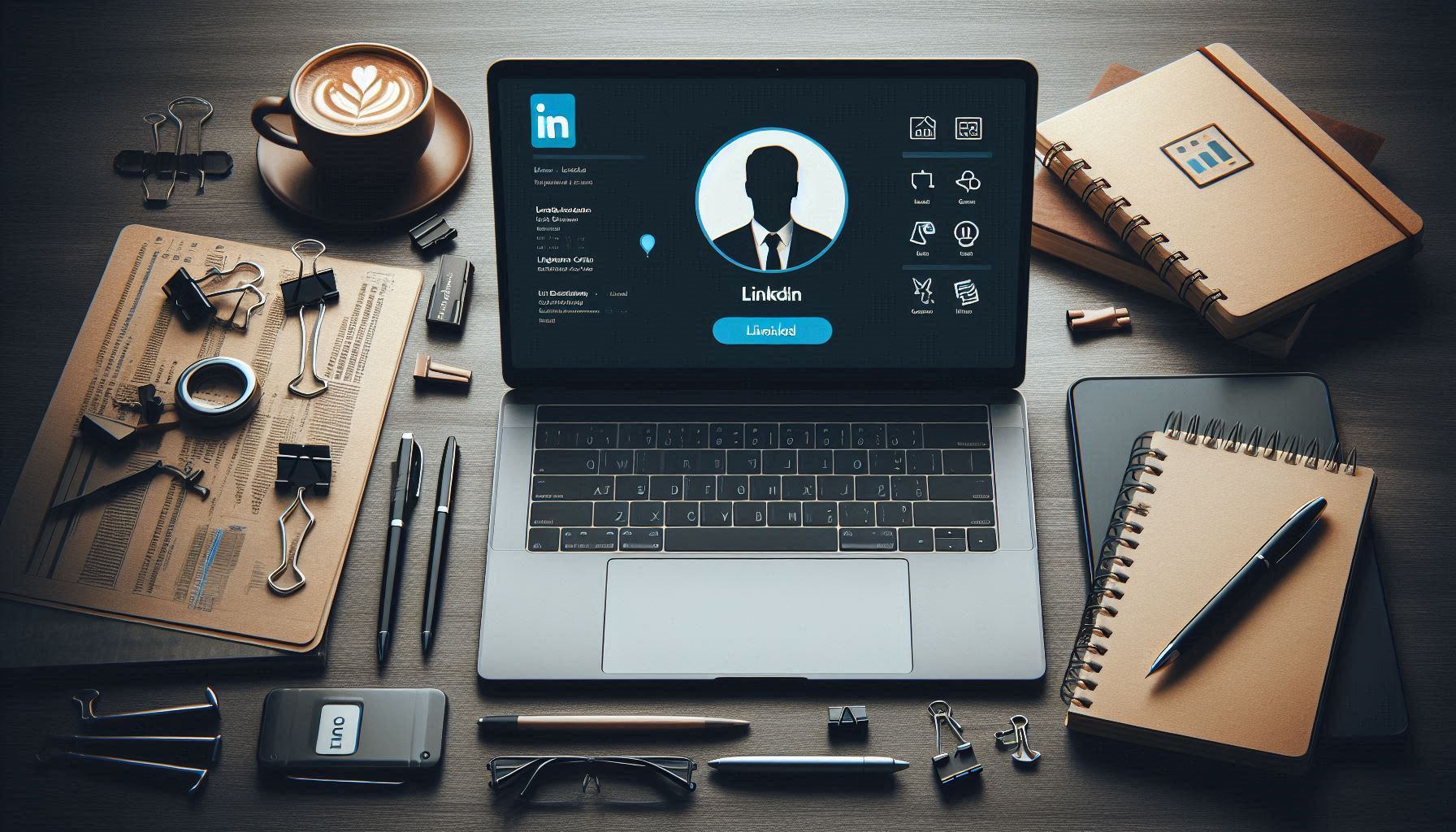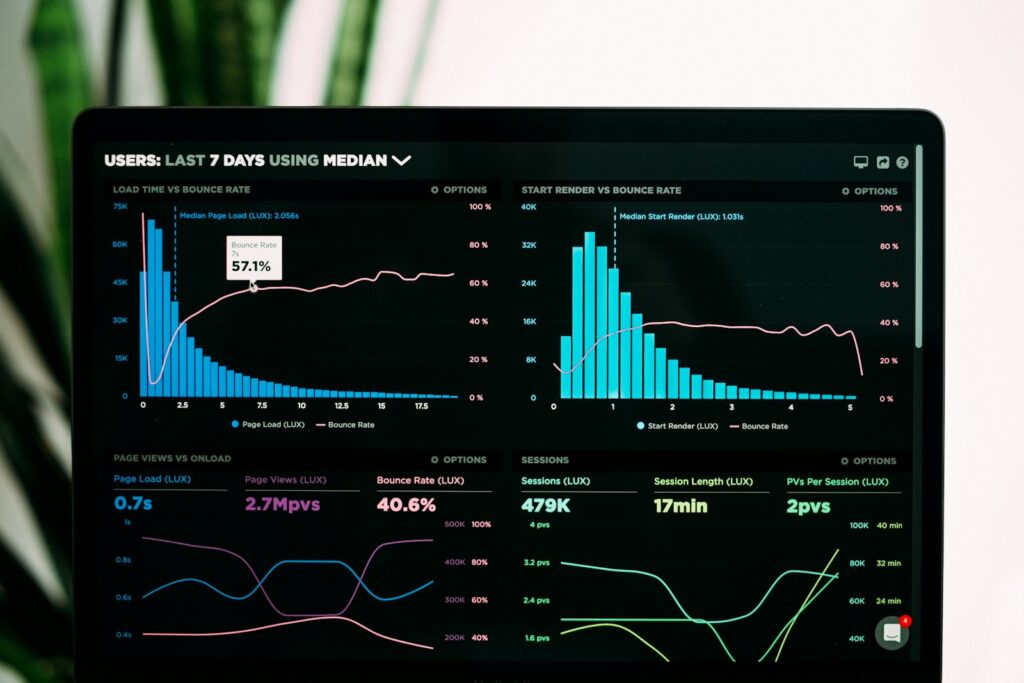LinkedIn, often seen as a platform for job seekers and recruiters, is much more than just an online resume or job board. With over 900 million members worldwide, LinkedIn has evolved into a powerful tool for professionals, entrepreneurs, businesses, and thought leaders to build a brand, create meaningful connections, and establish authority in their industries. Whether you’re a beginner seeking to build a presence or an expert looking to refine your strategy, this guide will take you through the essential tips and strategies to maximize your LinkedIn presence and leverage the platform’s full potential.
Table of Contents
- Why LinkedIn Matters
- Optimizing Your LinkedIn Profile
- Building and Expanding Your Network
- Creating and Sharing Content
- Engagement and Interaction Strategies
- Utilizing LinkedIn Groups
- Leveraging LinkedIn for Personal Branding
- LinkedIn Analytics and Metrics
- Advanced LinkedIn Features for Professionals
- Best Practices for LinkedIn Ads
- Conclusion
1. Why LinkedIn Matters
LinkedIn is unique in the world of social media because of its focus on professional networking. It’s a platform that allows you to showcase your career achievements, industry insights, and thought leadership while connecting with peers, potential clients, or employers. The importance of having a strong LinkedIn presence is twofold: it helps you establish credibility in your field, and it allows you to tap into a global network of professionals.
Benefits of LinkedIn for Professionals and Businesses:
- Personal Branding: LinkedIn is an ideal space for building and refining your professional brand. Through consistent engagement, you can position yourself as an expert in your niche.
- Job Opportunities: Recruiters heavily rely on LinkedIn for finding top talent. A well-optimized profile can attract hiring managers even when you’re not actively job hunting.
- Business Development: Companies can generate leads, recruit talent, and form partnerships by actively engaging on LinkedIn.
- Content Distribution: LinkedIn is not just for professional networking but also for sharing long-form articles, status updates, videos, and curated content. This can establish you as a thought leader in your field.
2. Optimizing Your LinkedIn Profile
Your LinkedIn profile is your digital business card. It’s often the first impression someone will have of you, so ensuring it is optimized is crucial. Whether you’re a beginner or have been on LinkedIn for years, refining your profile with current trends and strategies will ensure you stand out.
a. Profile Picture and Cover Photo
- Profile Picture: Use a high-quality, professional headshot where you’re dressed appropriately for your industry. LinkedIn profiles with pictures receive 21 times more profile views and 36 times more messages.
- Cover Photo: The cover photo is a fantastic opportunity to showcase your personal or company branding. Use an image that reflects your professional identity or showcases your business.
b. Headline
- The default headline is your current job title, but this is a huge missed opportunity. Use your headline to describe who you are, what you do, and the value you offer. For example: “Helping businesses grow through innovative marketing strategies | Content Marketing Specialist | Speaker.”
c. About Section
- This is your elevator pitch. Use this space to tell your story, highlight your key achievements, and communicate your professional value. Use first-person to make the narrative personal and engaging.
- Example: “As a seasoned marketing strategist with over 10 years of experience, I have helped businesses across industries accelerate their growth through tailored marketing solutions. My expertise lies in content marketing, SEO, and data-driven campaigns that deliver measurable results.”
d. Experience Section
- Go beyond listing job titles and responsibilities. Focus on the results you’ve achieved, using quantifiable data wherever possible. What were your accomplishments in each role? Use bullet points for easy reading.
e. Skills and Endorsements
- Add at least 10-15 skills that are relevant to your profession. These skills not only boost your visibility but also allow colleagues and clients to endorse your abilities.
- Keep your most important skills visible at the top, as LinkedIn allows you to reorder them.
f. Recommendations
- Recommendations are one of the most powerful trust signals on LinkedIn. Request recommendations from colleagues, clients, and supervisors to build social proof.
3. Building and Expanding Your Network
LinkedIn is all about connections, and the strength of your network directly impacts the value you gain from the platform. Here are some strategies for building a strong LinkedIn network:
a. Connect with Intention
- Don’t connect with just anyone. Quality connections are more important than quantity. Seek out professionals in your industry, peers, mentors, and potential clients.
b. Personalize Connection Requests
- Always include a personalized message when sending a connection request. Mention why you want to connect or what you appreciate about the person’s work. This increases your chances of acceptance.
c. Nurture Existing Connections
- Engage with your current connections by liking, commenting on, and sharing their content. Show genuine interest in their achievements and updates.
d. Join LinkedIn Groups
- LinkedIn groups are an excellent way to connect with like-minded professionals. Engaging in groups allows you to participate in industry-specific conversations and gain visibility.
e. Follow Thought Leaders
- LinkedIn allows you to follow individuals without connecting with them. Following industry experts, influencers, and thought leaders helps you stay updated on industry trends and gain insights from top professionals.
4. Creating and Sharing Content
Content is king on LinkedIn, and by sharing valuable, engaging content, you can position yourself as a thought leader in your industry. The key is consistency and relevance.
a. Types of Content to Share
- LinkedIn Articles: Long-form content on industry trends, insights, and personal experiences. These articles are indexed by Google and can drive significant traffic to your profile.
- Status Updates: Shorter posts that can include personal reflections, industry news, and tips.
- Native Videos: LinkedIn favors native videos, meaning content uploaded directly to the platform. Share insights, interviews, or behind-the-scenes looks at your work.
- Documents and Slide Decks: LinkedIn allows you to upload PDFs and slideshows, making it an excellent platform for sharing in-depth case studies, portfolios, or presentations.
b. Optimize Your Content
- Use clear, compelling headlines to draw attention.
- Include visuals like infographics, videos, and images to increase engagement.
- Ask questions and encourage comments to drive interaction.
c. Engage with Your Audience
- When someone comments on your post, reply to them. This boosts the post’s visibility in LinkedIn’s algorithm and builds stronger connections with your audience.
d. Consistency is Key
- Aim to post at least once a week to maintain visibility. Some professionals post daily, but quality should never be sacrificed for quantity.
5. Engagement and Interaction Strategies
The power of LinkedIn lies in the interaction between professionals. Building a presence isn’t just about posting your own content—it’s also about engaging with others.
a. Comment Thoughtfully
- Don’t just like posts; comment with your thoughts, insights, and experiences. Adding value through comments builds your reputation and encourages others to engage with you.
b. Respond Promptly
- Be quick to respond to connection requests, messages, and comments. This shows you are active and engaged, making people more likely to interact with you in the future.
c. Celebrate Milestones and Achievements
- Congratulate your connections on promotions, work anniversaries, and achievements. LinkedIn makes it easy by notifying you of these milestones.
6. Utilizing LinkedIn Groups
LinkedIn groups are often an underutilized resource but can be highly effective for networking and engagement.
a. Join Relevant Groups
- Search for groups that align with your industry, interests, and goals. For example, if you’re a digital marketer, there are many LinkedIn groups dedicated to discussing the latest trends in digital marketing.
b. Participate Actively
- Simply joining a group isn’t enough. You need to participate actively by commenting on posts, asking questions, and sharing your own insights.
c. Create Your Own Group
- If you’re a thought leader or want to build a community, consider starting your own LinkedIn group. This allows you to establish authority in your niche and foster engagement around topics you care about.
7. Leveraging LinkedIn for Personal Branding
Your personal brand is the unique combination of your skills, experience, and personality that you want the world to see. LinkedIn is one of the most effective platforms to showcase and amplify your personal brand.
a. Define Your Brand
- Before you start branding yourself on LinkedIn, define what you want your brand to represent. Are you a problem-solver? A thought leader? An innovator? Clarity in your brand identity will help you create consistent messaging across your profile and content.
b. Use LinkedIn’s Features to Reflect Your Brand
- Everything on your profile should reflect your brand, from your headline to the skills you list. Ensure your content aligns with your personal or professional narrative.
c. Consistency Across Platforms
- If you’re building a personal brand beyond LinkedIn, ensure consistency in your message, tone, and visuals across all platforms, including Twitter, Instagram, or your personal blog.
8. LinkedIn Analytics and Metrics
Understanding LinkedIn’s analytics tools can help you fine-tune your strategy and grow your presence effectively.
a. Track Profile Views and Search Appearances
- LinkedIn provides data on who’s viewed your profile and how many times you’ve appeared in searches. This helps you gauge the effectiveness of your profile and content.
b. Post Analytics
- For each post you share, LinkedIn offers insights into who’s viewed it, including demographics such as job title, industry, and location. Use this information to tailor future content.
c. SSI (Social Selling Index)
- LinkedIn’s SSI is a tool that measures how well you’re building your personal brand, engaging with insights, connecting with the right people, and building relationships.
9. Advanced LinkedIn Features for Professionals
Beyond the basics, LinkedIn offers several advanced features that can help you enhance your presence.
a. LinkedIn Learning
- LinkedIn Learning offers a vast array of courses on everything from leadership skills to specific software training. Completing and displaying certifications from these courses can further bolster your credibility.
b. LinkedIn Premium
- Premium features include the ability to see more detailed analytics, access LinkedIn Learning for free, and send InMail messages to people outside your network.
c. LinkedIn Events
- LinkedIn now allows users to create and promote virtual events. These events are perfect for webinars, industry talks, or training sessions.
10. Best Practices for LinkedIn Ads
If you’re looking to promote a product, service, or personal brand, LinkedIn Ads can be a highly effective tool. Here are some tips for using them successfully:
a. Define Your Audience
- LinkedIn’s targeting options allow you to zero in on specific job titles, industries, locations, and more. Clearly define your audience to ensure your ad reaches the right people.
b. A/B Testing
- Test different ad formats, headlines, and calls to action to see what resonates best with your audience.
c. Sponsored Content vs. Message Ads
- Sponsored content appears in users’ feeds, while message ads land directly in their LinkedIn inbox. Experiment with both formats to see which yields better results for your campaign.
Conclusion
Maximizing your LinkedIn presence is not just about having a well-optimized profile; it requires active participation, content creation, engagement with your network, and continuous learning. By following the tips and strategies outlined in this guide, you can build a robust LinkedIn presence that opens doors to new opportunities, strengthens your professional relationships, and amplifies your personal or business brand. Whether you’re just starting out or looking to refine your strategy, LinkedIn offers a wealth of opportunities to grow, connect, and succeed in your professional journey.



